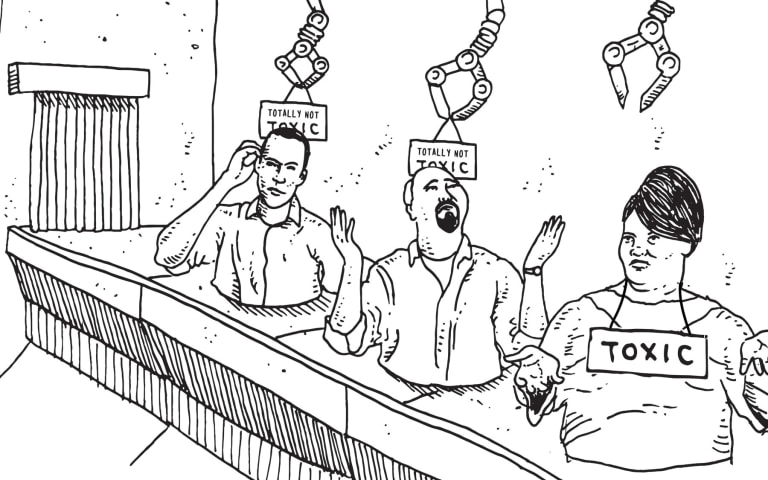Description: Unsupervised image generation models trained using Internet images such as iGPT and SimCLR were shown to have embedded racial, gender, and intersectional biases, resulting in stereotypical depictions.
Entities
View all entitiesAlleged: OpenAI and Google developed and deployed an AI system, which harmed gender minority groups , racial minority groups and underrepresented groups in training data.
CSETv1 Taxonomy Classifications
Taxonomy DetailsIncident Number
The number of the incident in the AI Incident Database.
367
Special Interest Intangible Harm
An assessment of whether a special interest intangible harm occurred. This assessment does not consider the context of the intangible harm, if an AI was involved, or if there is characterizable class or subgroup of harmed entities. It is also not assessing if an intangible harm occurred. It is only asking if a special interest intangible harm occurred.
yes
Date of Incident Year
The year in which the incident occurred. If there are multiple harms or occurrences of the incident, list the earliest. If a precise date is unavailable, but the available sources provide a basis for estimating the year, estimate. Otherwise, leave blank.
Enter in the format of YYYY
2021
Date of Incident Month
The month in which the incident occurred. If there are multiple harms or occurrences of the incident, list the earliest. If a precise date is unavailable, but the available sources provide a basis for estimating the month, estimate. Otherwise, leave blank.
Enter in the format of MM
01
Estimated Date
“Yes” if the data was estimated. “No” otherwise.
Yes
Multiple AI Interaction
“Yes” if two or more independently operating AI systems were involved. “No” otherwise.
no
Risk Subdomain
A further 23 subdomains create an accessible and understandable classification of hazards and harms associated with AI
1.1. Unfair discrimination and misrepresentation
Risk Domain
The Domain Taxonomy of AI Risks classifies risks into seven AI risk domains: (1) Discrimination & toxicity, (2) Privacy & security, (3) Misinformation, (4) Malicious actors & misuse, (5) Human-computer interaction, (6) Socioeconomic & environmental harms, and (7) AI system safety, failures & limitations.
- Discrimination and Toxicity
Entity
Which, if any, entity is presented as the main cause of the risk
AI
Timing
The stage in the AI lifecycle at which the risk is presented as occurring
Pre-deployment
Intent
Whether the risk is presented as occurring as an expected or unexpected outcome from pursuing a goal
Unintentional
Incident Reports
Reports Timeline
Loading...
Ryan Steed, a PhD student at Carnegie Mellon University, and Aylin Caliskan, an assistant professor at George Washington University, looked at two algorithms: OpenAI’s iGPT (a version of GPT-2 that is trained on pixels instead of words) and…
Variants
A "variant" is an AI incident similar to a known case—it has the same causes, harms, and AI system. Instead of listing it separately, we group it under the first reported incident. Unlike other incidents, variants do not need to have been reported outside the AIID. Learn more from the research paper.
Seen something similar?
Similar Incidents
Selected by our editors
Loading...

Gender Biases in Google Translate
· 10 reports
Did our AI mess up? Flag the unrelated incidents
Similar Incidents
Selected by our editors
Loading...

Gender Biases in Google Translate
· 10 reports
Did our AI mess up? Flag the unrelated incidents

